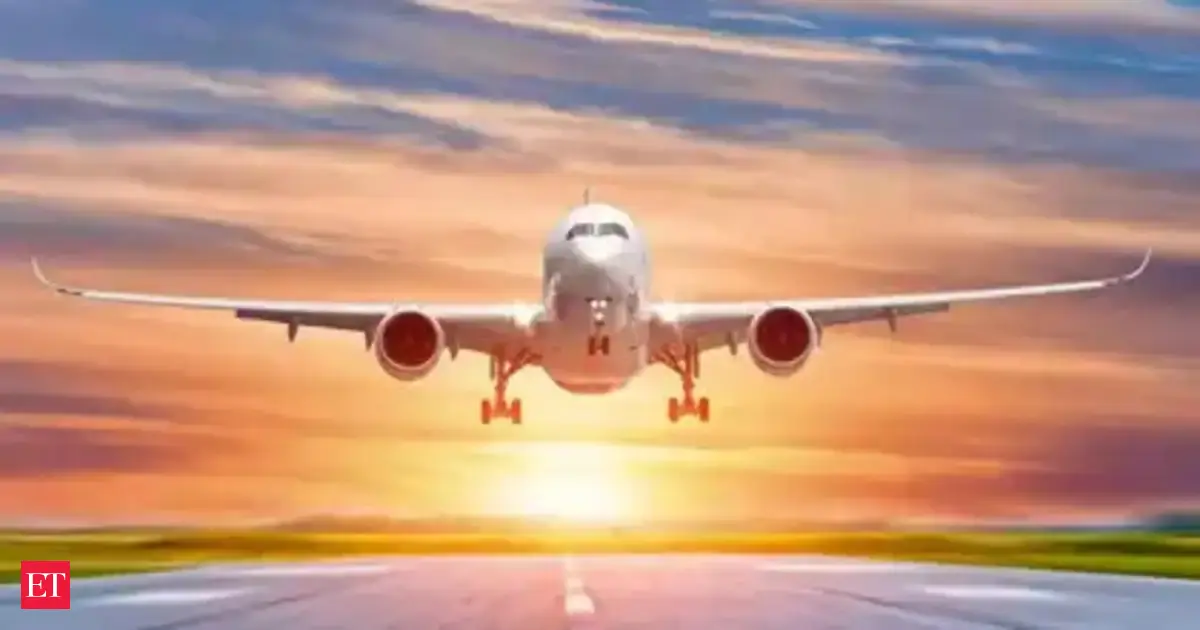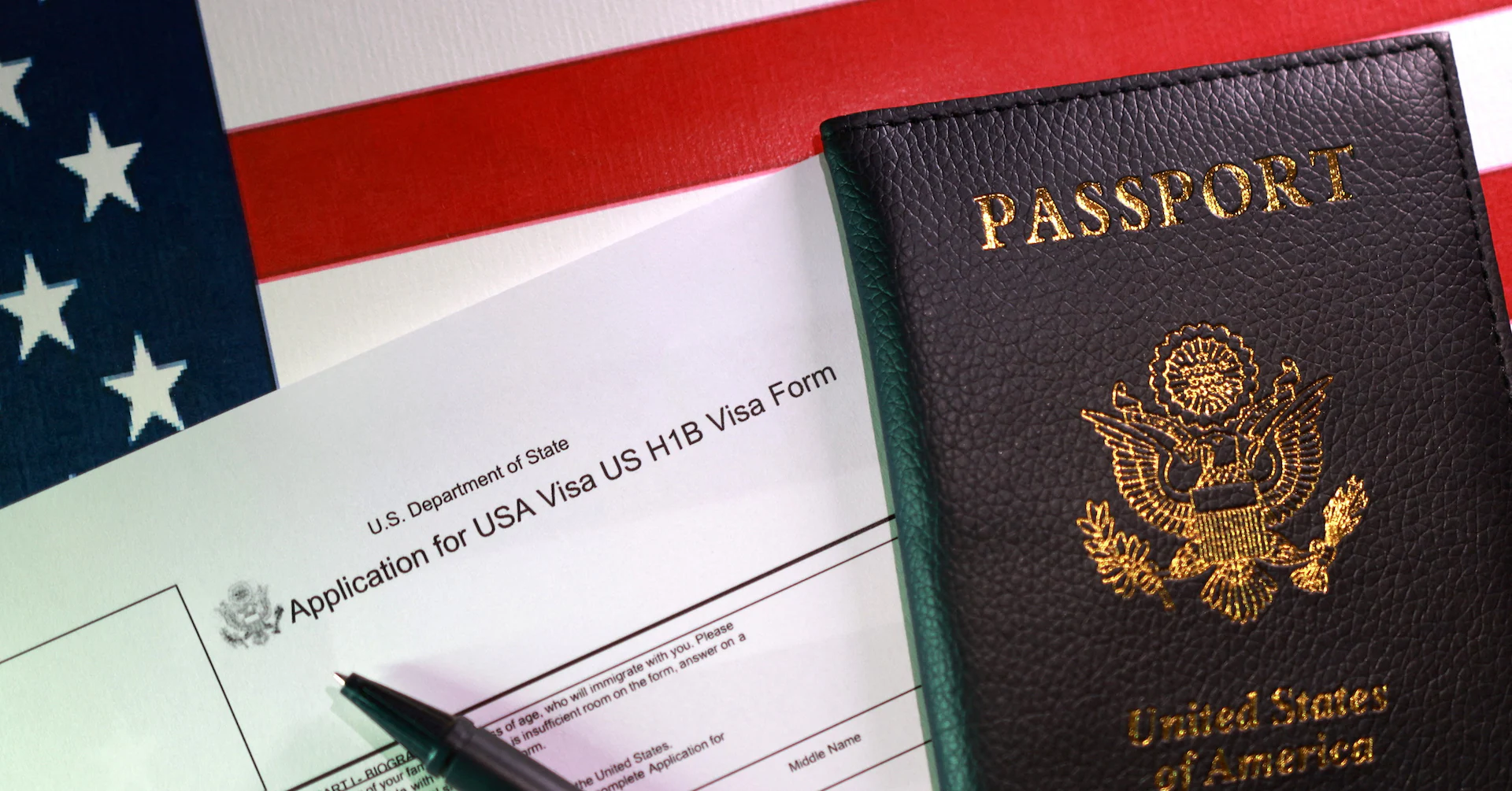By Martin Shwenk Leade
Copyright indiatimes

AgenciesRepresentative Image
If your Delhi–Mumbai flight says it will take nearly three hours, even though the actual air time is closer to 1 hour 40 minutes, there’s a calculated reason behind it. Airlines routinely add extra time to flight schedules, a tactic designed to improve their on‑time performance (OTP) and manage operational uncertainties.A Times of India analysis shows that this “padding” of journey times is now standard across many domestic routes, especially those connecting busy hubs like Delhi and Mumbai, where congestion, weather disruptions, maintenance needs, and staff availability frequently cause delays.“The usual Delhi–Mumbai flying time is one hour and 40 minutes. Add to that around 10 minutes of taxi time each at IGIA and CSMIA airports, and you get about two hours. Then, to factor in airport congestion and hovering at the destination, taxi time is increased further, and airlines often add additional buffers to ensure on‑time arrival,” said a senior pilot who spoke to TOI.This practice, experts say, emerged in the early 2000s with the rise of low‑cost carriers (LCCs), which increased air traffic and congestion at major airports. “About two decades back, the total travel time from Delhi to Mumbai was given as 1 hour 55 minutes. Congestion then became a norm, and some carriers began adding a buffer to journey times to report on‑time arrivals. Soon, almost everyone started doing it,” said another senior pilot.The benefits for airlines are significant. Arriving on schedule allows aircraft to operate subsequent flights without delays, protecting the airline’s reputation for punctuality. But the approach also creates variations in travel times for the same route, depending on the carrier.Live EventsBesides OTP, inflated travel times can be influenced by other factors, including airport congestion and regulatory requirements. For example, on long‑haul routes such as Delhi–London, airlines sometimes under‑report flying time to avoid carrying additional pilots, as flights over 10 hours require three crew members instead of two, a cost consideration closely monitored by the Directorate General of Civil Aviation (DGCA).The practice, however, has also triggered a blame game between airlines and airport operators. Airlines point to delays in landing clearances, while airports say mismatched schedules disrupt slot allocations and cause congestion. “If airlines don’t adhere to their filed schedules, it overlaps with slots given to other carriers. That creates significant distortion in schedules,” said a senior official at one of India’s busiest airports.Looking ahead, industry experts believe that rising airport capacity could reduce the need for padded schedules. Delhi‑NCR and Mumbai’s metropolitan regions are set to get secondary airports, and Hyderabad and Bengaluru are expanding facilities. Meanwhile, airlines such as IndiGo, Air India, Akasa and Star Air are investing in younger fleets, which, coupled with new infrastructure, should improve punctuality without inflated travel times.With inputs from ToIAdd as a Reliable and Trusted News Source Add Now!
(You can now subscribe to our Economic Times WhatsApp channel)
Read More News onDelhi Mumbai flight durationflight schedule paddingairline delays Indiaair traffic congestionDGCA regulations
(Catch all the Business News, Breaking News, Budget 2025 Events and Latest News Updates on The Economic Times.) Subscribe to The Economic Times Prime and read the ET ePaper online….moreless
(You can now subscribe to our Economic Times WhatsApp channel)Read More News onDelhi Mumbai flight durationflight schedule paddingairline delays Indiaair traffic congestionDGCA regulations(Catch all the Business News, Breaking News, Budget 2025 Events and Latest News Updates on The Economic Times.) Subscribe to The Economic Times Prime and read the ET ePaper online….moreless



